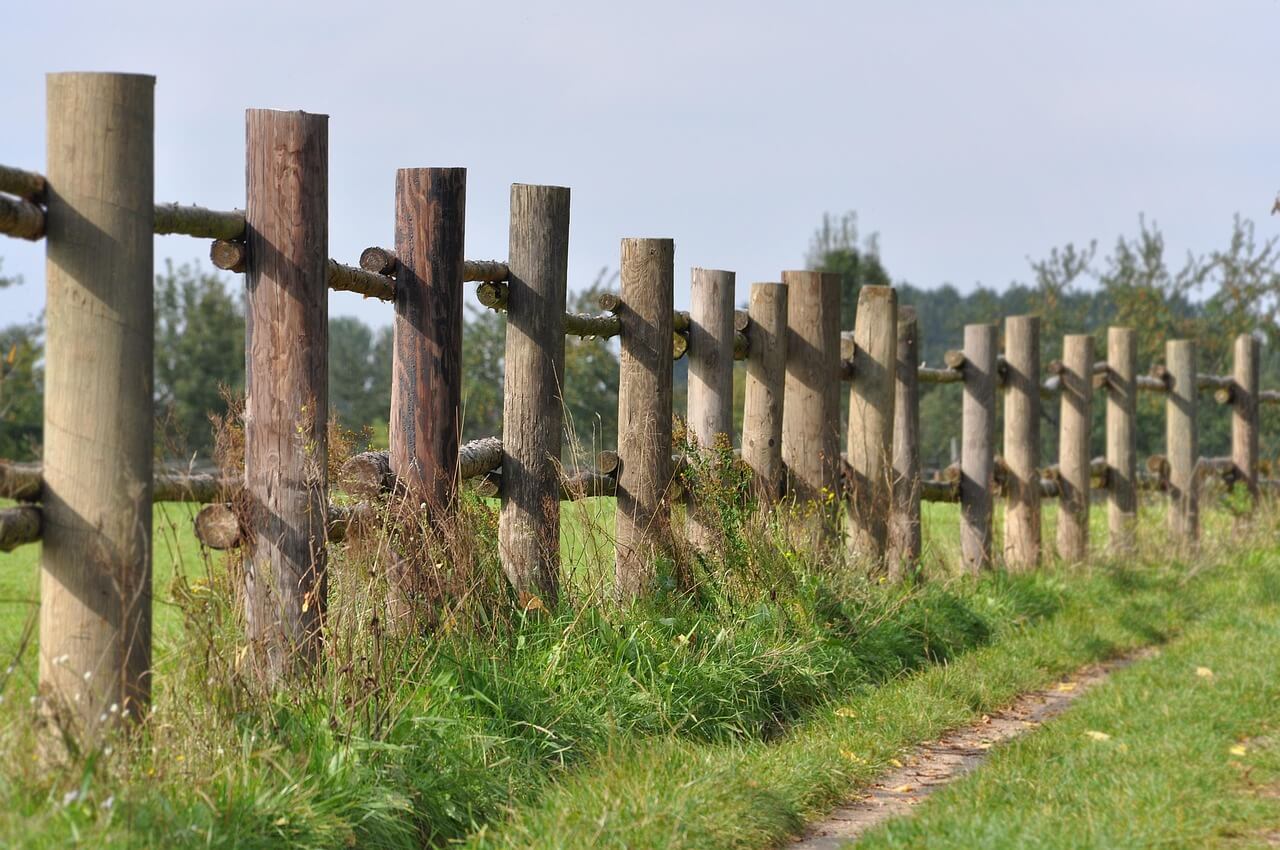“Southern Voices” is a reader-submitted platform. Today’s submission comes from our StyleBlueprint Lead Nashville Writer and Associate Editor, Jenna Bratcher. If you have a story to tell, see our guidelines for submission here. We love to hear about your wildly wonderful, challenging, captivating (and sometimes Southern-centric) experiences!
**********
Mending Fences: Lessons in Letting Go & Leaving Space to Grow
Time wears on all things. Wood. Paint. Human connection.
For the past 15 years, the fence surrounding my home has stood as guardian and witness. It has shielded my yard from strangers, intercepted Amazon packages mid-toss, kept my pups from offering unsolicited greetings to neighborhood joggers, and detained wandering animals until their owners (or Walden’s Puddle) could retrieve them. It has observed, in dignified silence, my mediocre mulching attempts and flower-growing failures.
That fence outlived my towering maple tree and held its ground as my daughters evolved from bucket swings and scraped knees to sarcasm and skincare serums. It braved meteorological tantrums and stood sentinel the night my dog vanished into the brisk October darkness. And it watched — steadfast and still — as she returned home eight days later: thinner, weaker, and far more afraid of the world beyond the gate.
Together, my fence and I aged, absorbing the wonder and woe of years and heartbreak. We were both holding things up that we simply couldn’t carry anymore. And eventually, my fence began to fall apart — a quiet symbol of neglect.
The metaphor is obvious but no less true. Because fences aren’t just meant to keep people in; they’re meant to keep people out. Fences leave gaps.
I remember going to the theater to see The Bridges of Madison County with my mother when it first came out. I was invigoratingly, invincibly, infuriatingly 18, eating buttered popcorn while she stared at the screen from behind a lifetime of choices. She was silently weeping for lost chances and lives unlived, for adventures surrendered to time and misgivings, for things she didn’t do for herself out of devotion to her children.
There, in that red velvet seat, I was a living reminder of what held her back.
I was her fence. Her lovingly constructed fence.
And so, after years of watching my own fence deteriorate, I made plans for a new one. I saved up money and courage. I put it off until I realized I could not put it off anymore. Because some things simply cannot wait until the children are grown or the bank account is padded. By the time I moved forward with my new fence, I was numb with the ache of years gone by.
And on the day the crew began their work, I found myself staring out my home office window — lost in a hazy swirl of memories. I watched them tear down my timeworn fence to make way for a new one. It was an appropriately gloomy day, and the old fence did not go quietly. She came down with a kind of violence — rotted slats ripped from their nails, sunken posts pulled from deep, forgotten places. Dirt unearthed. Old boundaries destroyed to make space for something better.
And in their place: straight lines. Clean corners. Aluminum, sturdy and unapologetically solid. No peeling paint. No rust. No gaps. No missing pieces.
It was unnerving. I was trying on confidence with doubt still hanging in the closet.
I took myself to lunch, hoping for a change of scenery, but my mind stayed with the fence. I couldn’t help it; I saw myself in that process — in the dismantling and the slow rebuild, in the wear and tear and rot of experiences and relationships that left splinters embedded in the deepest parts of me.
But I am not collateral damage. I have been incubating in the ground like a 17-year cicada, ready to emerge in a glorious burst of protest and rarity.
Some fences are built out of necessity, hastily erected to keep out the wolves. They’re for survival, not architecture. But it’s tricky. Those same protective walls can also isolate — leave us frozen in time. The thing about fences is that they’re not meant to last forever. Not if you want to grow.
The lesson, if there is one, isn’t about bulldozing it all for renewal and resurrection. It’s in knowing what to keep, what to let go, and what to rebuild with care. To see the rot before it becomes ruin.
Repair, as it turns out, is an act of hope. It’s when we invite someone to stand beside us as we dig deep, haul out the old, and lay the new foundation.
And sometimes, the bravest thing we can do is leave the gate open.
**********
StyleBlueprint would love to consider your story! Please see here for guidelines.



















